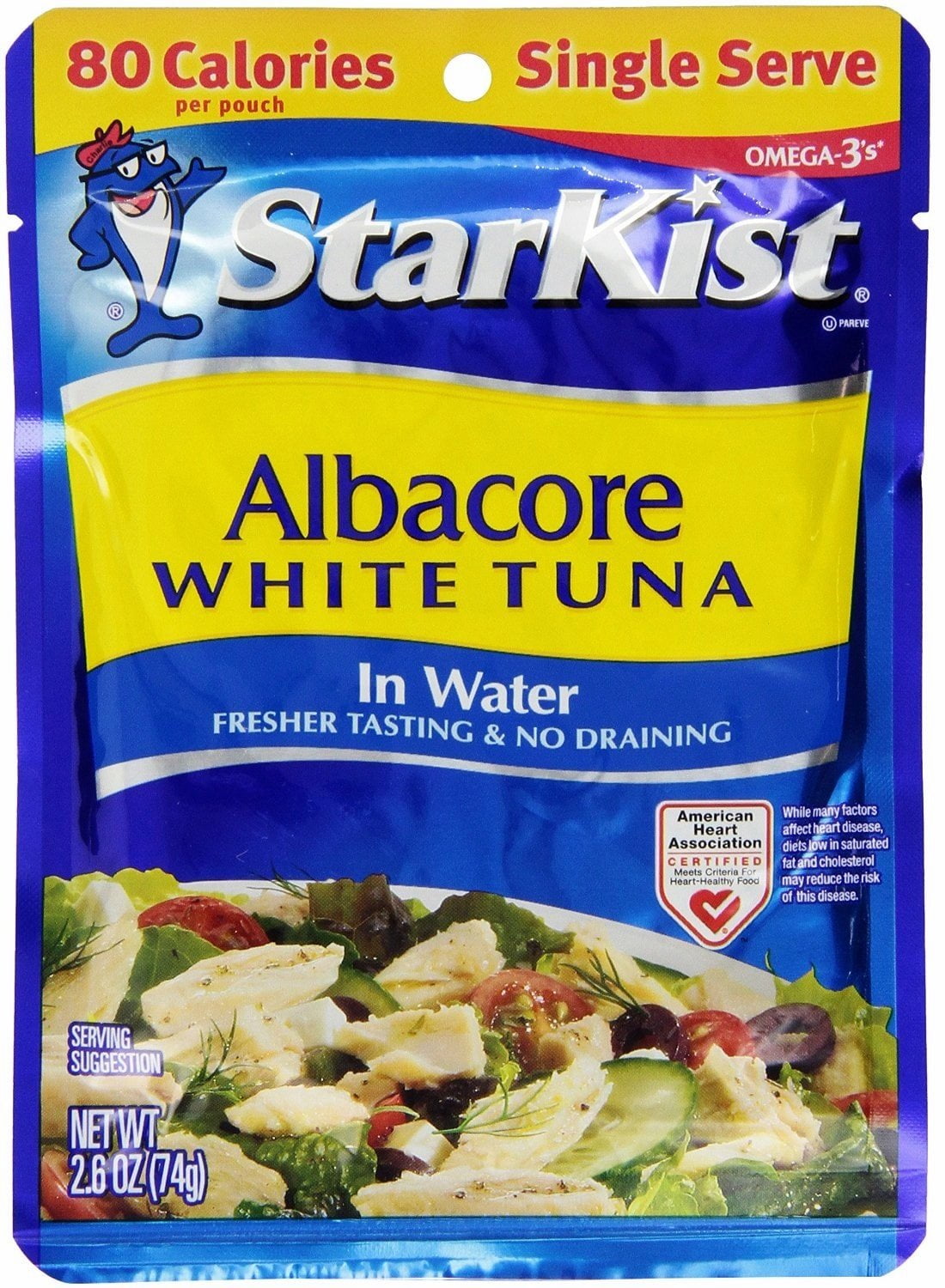

Regulating body temperature also allows the tuna to inhabit a wide range of temperatures in the water column as well as geographically. This allows the tuna to regulate their body temperature to higher levels than the surrounding water and increases muscle efficiency helping the tuna to reach and maintain high speeds that can exceed 50 miles per hour. Like other tunas, albacore possess a highly evolved circulatory system with countercurrent exchangers that prevent heat loss through musculature activity.
#Albacore solid white tuna skin
Their skin is smooth and is a dark metallic blue on their backs to a silvery light coloration on their bellies. Albacore tuna’s pectoral fins extend over half the length of their bodies. They have streamlined fins with a dark front dorsal fin and a pale yellow rear dorsal fin. But by narrowing down your options based on your own preferences, you get to control the specific flavor and texture of a finished dish.Albacore tuna are built for speed – having a thick, short, torpedo-shaped body with a slender tail. The cool thing about canned tuna is its versatility: White or light, chunk or solid, oil- or water-packed, any variety will work just fine in any recipe that calls for canned tuna. If you’re looking for the richest, most luxurious tuna salad of your life, then you’ll probably want oil-packed. Do you prefer a lighter texture with fewer calories and less fat? Then water-packed is for you. This one does just what it says on the tin: Oil-packed tuna contains either vegetable or olive oil, while water-packed tuna contains water. The final choice you get to make in your tuna shopping adventure is between oil- and water-packed. This is why “solid light” tuna isn’t a thing. But if you’re working with a mixture of huge yellowfin and tiny skipjack, which is most light tuna, the bigger fish has to get cut down to match the smaller one so the mixture stays consistent. If you’re working with one large species of fish, it’s easy to find whole filets big enough to fill a can. Skipjack tuna are on the smaller side of the family, coming in at about 3 feet long and 70 pounds or so.Īll of these fish are precooked before canning, which makes the meat fragile. Albacore tuna are smaller (but still large), growing to about 4 1/2 feet in length and weighing 125 pounds. Yellowfin tuna are massive-they can be up to 7 feet long and weigh more than 400 pounds. It mostly has to do with the size of the fish itself. But it doesn’t explain why there’s no such thing as “solid light” tuna-what’s going on there? This refers to the size of the pieces of fish inside the can: Chunk tuna is broken up into small flakes before canning, while solid tuna is packed in large, intact filets. Once you’ve figured out if you want white or light tuna, you get to decide between chunk and solid. If you’re serious about counting calories, you can read this post about a can of tuna calories. It’s not a huge difference (chunk white tuna has about half a gram more fat per serving than chunk light tuna), but if you’re serious about your omega-3s, you may benefit from choosing white tuna over light. However, albacore does have slightly more fat and calories than skipjack or yellowfin-which means it has more omega-3 fatty acids.

Canned tuna is healthy: all types of tuna are high in protein and omega-3 fatty acids, yet low in saturated fat and calories. Nutritionally, all three of these fish are pretty similar. The choice comes down to personal preference: If you like a less “fishy” tuna experience, go for white tuna if you want stronger flavor, light tuna is a better choice.


Yellowfin and skipjack are a bit softer and have a richer, more intense taste. Albacore is firm and meaty, with a light, mild flavor. But the colors aren’t the only difference-they have distinct flavors, too. Albacore tuna is noticeably white compared to yellowfin and skipjack, which are somewhere between tan and pink. You can see the difference between white and light tuna by cracking open a couple cans. These species have slightly different flavors, textures, and nutritional value, so it helps to know which is which. “Light” tuna is either yellowfin (Thunnus albacares), skipjack (Katsuwonus pelamis), or a combination of the two. “White” tuna is 100% albacore (Thunnus alalunga). White vs light: Taste, texture, and nutritionīelieve it or not, this part of the label actually tells you what species of fish you’re eating. Whether you’re making keto tuna salad or just started a pescatarian diet, it’s good to know the differences between types of tuna. It really boils down to three choices: White or light, chunk or solid, and water- or oil-packed. Tuna is tuna, of course, but all of those terms mean specific things.


 0 kommentar(er)
0 kommentar(er)
